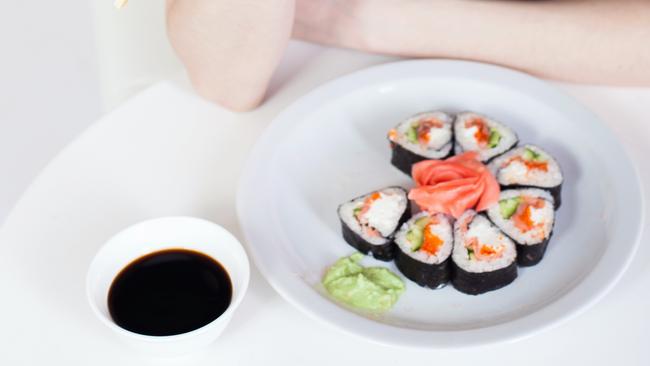Too few of us ask, ‘What am I really eating?’
Neither did I, but we all probably should. A new book on how our food is made must be compulsory reading in every home.

Do you know how soy sauce is made? Neither did I, to be honest, although given it’s one of our most common ingredients in Australia (if not the world), we probably all should.
What about margarine? Now, I wouldn’t touch the stuff, but the fact is it’s probably lurking in all sorts of things we consume. In which case it’s not a bad idea to know that a nickel catalyst and hydrogen gas are part of what they call “hydrogenation”, the process of thickening the vegetable oil a margarine is based on (typically soybean oil, canola or sunflower). Just to reinforce my prejudices.
What about high-fructose corn syrup, which is in just about every processed food these days? Did you know that no fewer than three different enzymes are added along the way to the starch extracted from dried corn kernels? And that it all starts by soaking those kernels in a solution of sulfur dioxide?
When Woolworths surveyed 1600 kids back in 2014, 92 per cent didn’t know bananas grew on plants and 70 per cent didn’t know where sugar came from. Are things worse here than elsewhere? Maybe not. In 2016 a survey commissioned by the Innovation Center of US Dairy found that seven per cent of Americans thought chocolate milk came from brown cows.
I wonder if much has changed? Maybe it’s time for some new research that will tell us if reality food television is educating or merely titillating the masses. Let me answer that: when I go to Coles, major sponsor of MasterChef, and see packets of shredded carrot, husked and packaged cobs of corn, and peeled/cooked beetroot, I know it’s the latter. Something else I know is that How Food is Made: An Illustrated Guide to How Everyday Food is Produced by Australian author and illustrator Ayla Marika should be compulsory in every home. And school. And public library. Marika’s self-published book distils the facts we should know about many of the things we put in our mouths, explains them graphically, and answers a question too few of us ask: “What am I really eating?”
“I’ve always been curious about food,” she says. “I started looking around the things in my own kitchen and realising I ought to know more. Also, I eat a largely plant-based diet and friends would ask me about the tofu and tempeh I was eating, asking, ‘How can you eat that, it’s all so processed.’ I wanted the ammunition to prove myself right.”
The project started with illustrated guides to exactly those two soy-based foods, and Marika says she received great feedback. Then, in 2018, her daughter was born. “And that’s when I really started to think about these things a whole lot more. That’s what inspired me to turn the idea into a book.”
One of the seemingly innocuous subjects of her book are gummy bears, which, of course, contain gelatine. “I had one child say to me, after reading the book, ‘That’s it, I’m never eating those things again.’ And I can see why this isn’t discussed; it’s not a pretty subject. I came to the project with an idea that a lot of the info was actively hidden using jargon and food science language. In fact, most of the info is out there, it’s just about being able to interpret it. So I see myself as the middleman between that language and the consumer.”



To join the conversation, please log in. Don't have an account? Register
Join the conversation, you are commenting as Logout